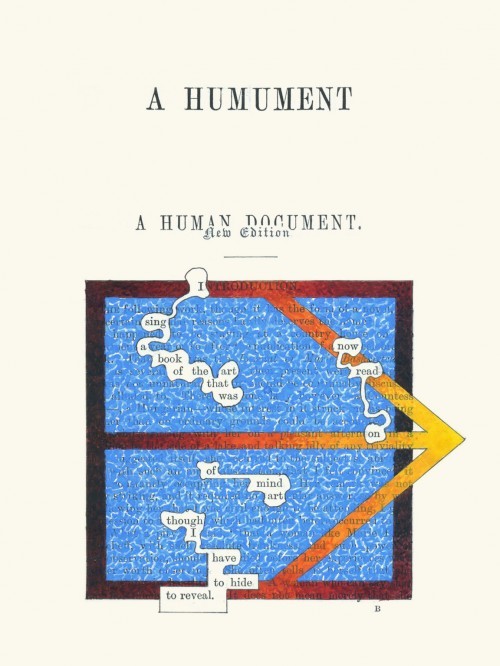What made me think to redesign two courses, poetry workshop, Shakespeare intro, at the same time? I sniffle this at the tail end of a 60 hour week, on my way into another, having calced that, when I work I mere 40 hour week, I earn what I would serving burgers in SeaTac, where a sane minimum wage is on offer. Last week, and this, more like $10 an hour. It’s good I love what I do.
And I do. Above’s not what I sat me down to whine. Sat down rather with this.
Was slipping across campus, fat binder in hand, full of matter I spent days compiling for a teaching award I am, for reals, honoured to be considered for. That compiling said matter for consideration is exhausting depleting and ironic is no one person’s fault and goes some way to explaining abstractions like Patriarchy and The Man.
Was gliding across campus, one student evaluation in there heavier than all the others, it called my course asinine and me moronic. Now I’m insecure about a lot but smart ain’t on the list. (About the only thing not on the list? Uh oh.) But that someone was harbouring that much hate and I didn’t know – K that hurt.
Friend teachers, you know this, right? A hundred evals, ten adoring, thirty really fond of you, thirty more are favourable, twenty-five more are various flavours of meh, and five kinda somewhat negative, and one of those over-the-top hostile. Which one stays with you? Which do you have conversations with in the 3 am? Way to get my attention.
All this is to say, I’m lugging this fat portfolio to the office where I need to drop it, and I run into A., a former student, and we say a happy hi. She says, you look exhausted, I say, that’s funny, I am exhausted. I ask how she is. She says not so hot. I say what’s up. She tells me what’s up, a bit. I say, are you getting some help. She says she is. I say, come by and talk, and we make a plan for her to.
A couple hours later, I remember talking to my chair, about a senior colleague poaching my classroom, in a way that felt, I’ll use the word uncollegial. And K., my chair, getting it and asking, how can I help, and me saying and I really meant it – the help I need, you’re giving by hearing me.
Brushed my mind, remembering that, maybe I might have been something like that, a little, for this kid. Why do I give a flying fuck about evaluations.
They’re momentary gestures of mind, captured freeze-dried and framed.
I teach a poetics of the moment. I’m testing a pedagogy of the moment. What would be an institution of the moment? Anarchy, probably.
Anyway, I dropped off my fat gelid binder of congealed impressions, and back on the same walkway, happily met two current poetry students, both smart and talented, one quiet and very keen, one confident and a bit slacker, and we chatted a couple minutes about John Taggart’s “Rothko Chapel Poem,” which, ahem, at least the second hadn’t started, but still I came away thinking, you guys are why I do this.
An award would be nice. Won’t get it but that’s beside the point. Only connect. It keeps recurring in Tom Phillips’s A Humument and while superficially it’s a shout-out to Forster I think more truly it’s a distillation of all that’s holy in the English literary tradition, worthy of salvage. I find it writ large in Taggart –
To love to love those to love those who
are in to love those who are in a condition
in a condition
of hiding to love those who are in
a condition of hiding to
love those as children as the
valiant children who have gone into hiding
children who hide in a house from the roaring.
Care touches the face, untwists the face.
(“Peace on Earth”)
and even crosswise in Malvolio, the poor sod. We’re bound to misunderstand each other. Is that what his cross-gartering means. I thank him either way for saying so.
I was having trouble finding an image for topside. Liked this I found in Jacket 2 but it felt in the wrong key for the post –

Decided, blogger of the mo, to just plug in a phrase from Taggart, “care touches the face,” and use something from the first screen of image results.
Oh my fucking dear.
Want to try it? Try “care touches the face” as an exact search string, w/ quotation marks, see how much comes up, how much care we have for this great man and his work. (I got 3 images.)
Now try ‘care touches the face’ without quotation marks. What great care we have for skin care products, deathlessness, commerce, sex, and the pubic triangle one of those sits at the centre of.
I got lucky (“got lucky”), the latter search, specs set to large image, got me to this somewhat earnest site, God love ’em. Gotta go teach tomorrow, g’night.
















